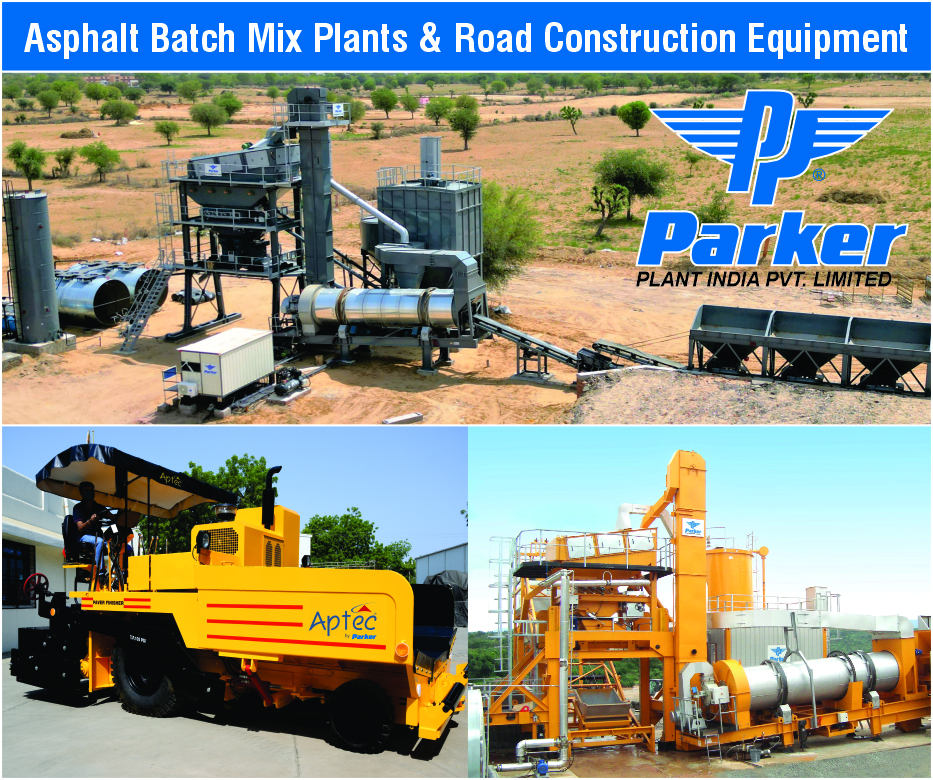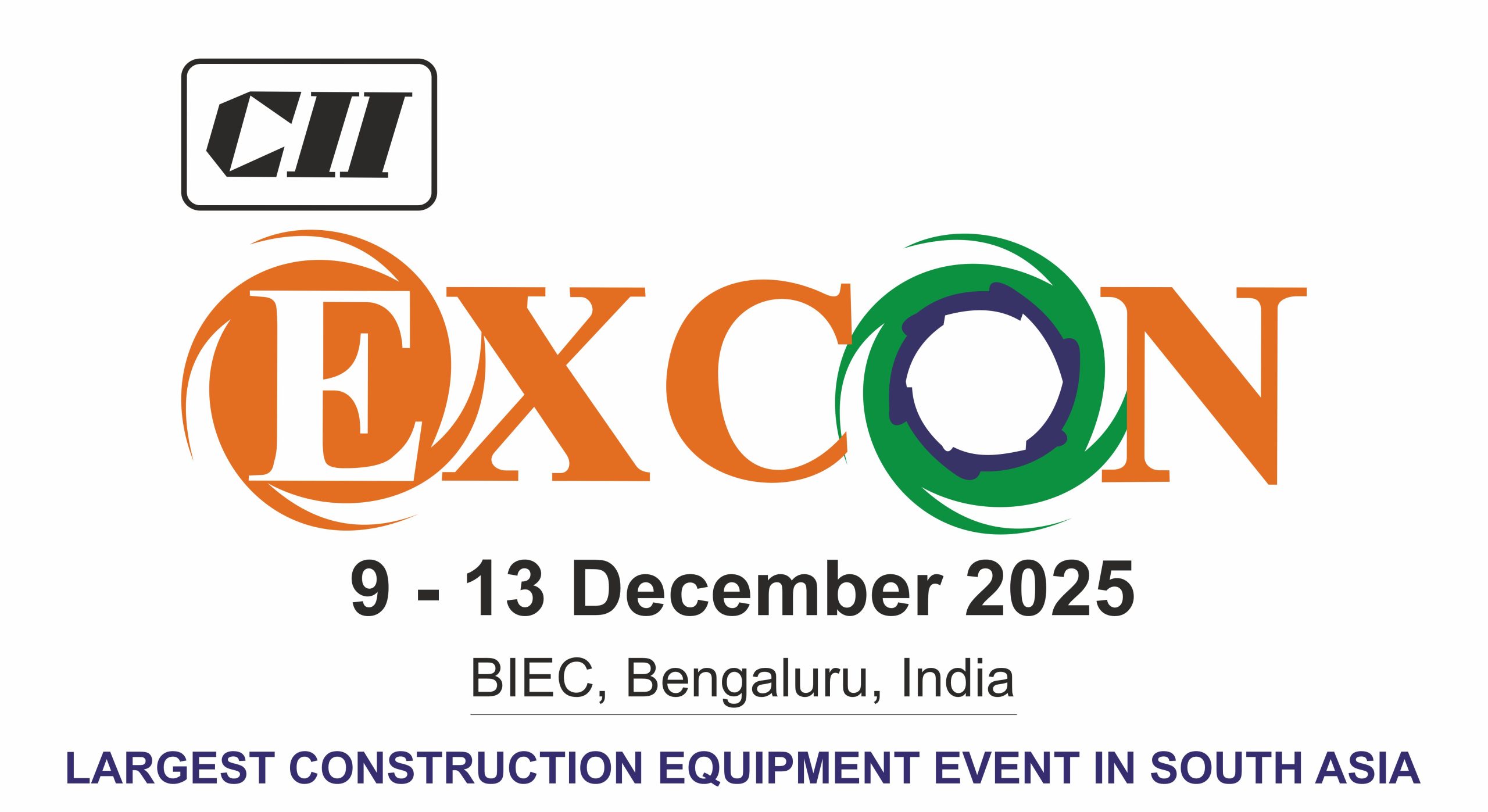India’s road infrastructure has seen a dramatic transformation over the past decade, with the national highway network expanding by an impressive 60%. From approximately 91,000 km in 2014, the total length of national highways has now crossed 1.46 lakh km — a testament to the country’s focused investment in connectivity and economic growth.
This infrastructure boom has been powered by flagship initiatives such as the Bharatmala Pariyojana, which aims to improve efficiency and road safety by developing economic corridors, border and coastal roads, and expressways. With a commitment to constructing 40 km of highways per day, India has significantly improved project implementation speed and efficiency.
Key expressways like the Delhi-Mumbai Expressway, Purvanchal Expressway, and Bengaluru-Mysuru Expressway have not only cut travel time but also boosted regional economies and job creation. Improved road quality, access to remote regions, and reduced logistics costs have further positioned the highway expansion as a growth enabler.
The Ministry of Road Transport and Highways has also adopted green practices — promoting electric vehicle infrastructure, using plastic waste in road construction, and implementing smart traffic management systems.
This expressway revolution is more than just about roads — it’s a story of economic integration, urban-rural balance, and a step towards a more connected and efficient India. As we look ahead, the focus remains on sustainable, high-speed, and future-ready infrastructure that supports India’s ambition of becoming a $5 trillion economy.










